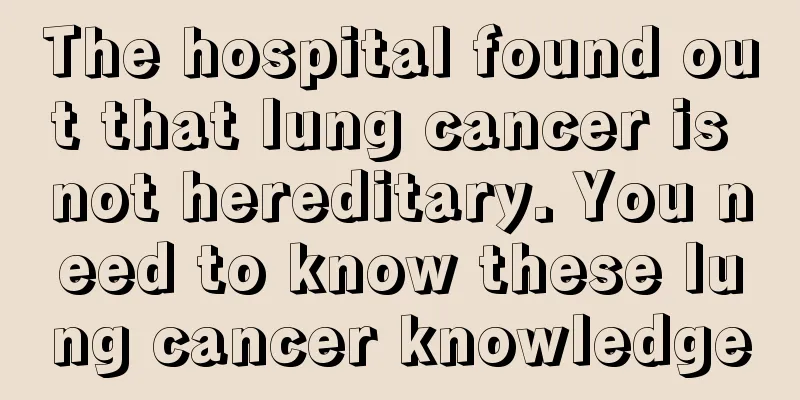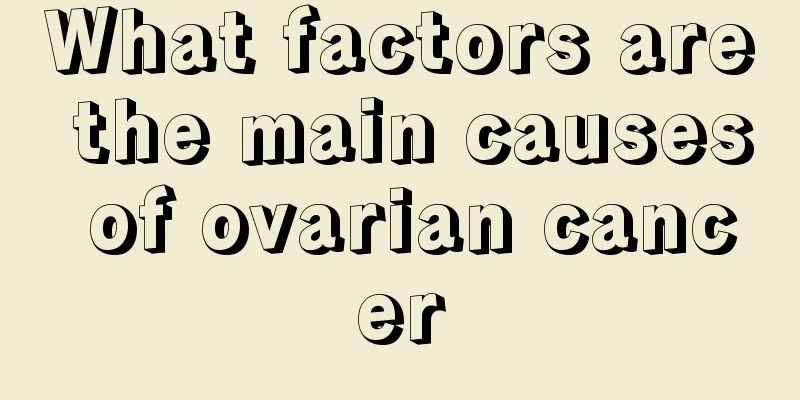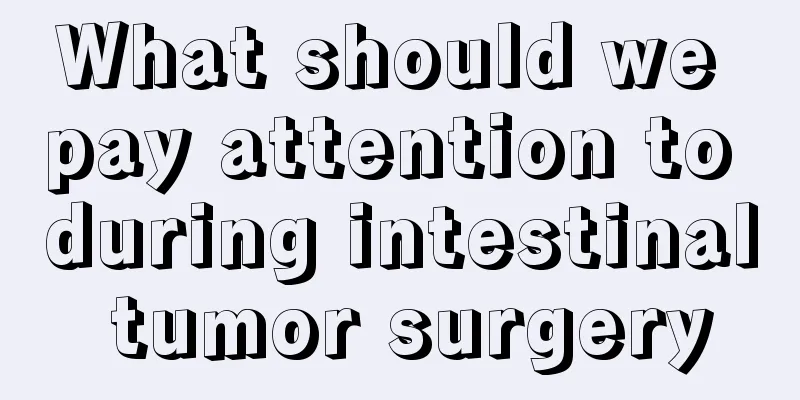Can CT scan show esophageal cancer?

|
CT scans can be used to detect esophageal cancer, especially for the size, location and metastasis of the tumor. Early diagnosis of esophageal cancer usually requires a combination of endoscopy, biopsy and imaging examinations, of which CT is an important part. 1. The role of CT in the diagnosis of esophageal cancer CT scans can clearly show the thickness of the esophageal wall, the shape of the tumor, and the invasion of surrounding tissues through tomography technology. For advanced esophageal cancer, CT can assess whether the tumor has invaded adjacent organs, such as the trachea, aorta, or mediastinum, and whether there is lymph node metastasis or distant metastasis. CT can also provide important anatomical information for surgery or radiotherapy. 2. Limitations of CT examination CT has a low sensitivity for early esophageal cancer, especially lesions confined to the mucosal layer may be difficult to detect. The diagnosis of early esophageal cancer relies more on endoscopy and biopsy. CT cannot directly distinguish between benign and malignant lesions, and a comprehensive judgment needs to be made in combination with other examination results. 3. Diagnostic process of esophageal cancer Endoscopy is the preferred diagnostic method for esophageal cancer, which can directly observe the lesion and take a biopsy. CT is used to evaluate the stage and metastasis of the tumor. PET-CT has a higher sensitivity in detecting distant metastasis and is often used for staging assessment. Endoscopic ultrasound can evaluate the depth of tumor invasion and lymph node metastasis. 4. Treatment of esophageal cancer Surgery is the main treatment for early esophageal cancer, including esophagectomy and lymph node dissection. Radiotherapy and chemotherapy are often used for patients in the middle and advanced stages, or as adjuvant therapy for surgery. Targeted therapy and immunotherapy provide new options for advanced patients. Endoscopic treatment is suitable for early intramucosal cancer, such as endoscopic submucosal dissection. 5. Prevention and early screening Quitting smoking and limiting alcohol consumption, avoiding overheated food, and controlling gastroesophageal reflux are important measures to prevent esophageal cancer. Regular endoscopic examinations are recommended for high-risk groups, such as long-term smokers and drinkers, and those with a family history of esophageal cancer. Early detection and treatment can significantly improve survival rates. CT is an important tool for the diagnosis and staging of esophageal cancer, but it needs to be combined with endoscopy, biopsy and other imaging examinations for comprehensive evaluation. Early diagnosis and standardized treatment are the key to improving the prognosis of esophageal cancer. High-risk groups should pay attention to regular screening and health management. |
<<: What to do if you have liver cancer and you sleep while sitting
>>: What kind of disease is skin cancer
Recommend
Is it good to drink fresh milk before going to bed?
Nowadays, milk is becoming more and more popular ...
What are the treatments for gallbladder cancer?
The treatment of gallbladder cancer mainly includ...
What to do if the skin turns yellow due to liver disease
Liver disease is a disease that occurs in the liv...
How to detect early teratoma
Speaking of teratoma, I believe you will show an ...
What are the early symptoms of rectal cancer?
What are the early symptoms of rectal cancer? The...
Should I use purified water or mineral water to make tea?
Purified water can be used to make tea. Using min...
Short roots of front teeth
Incisors are relatively important teeth, located ...
Will liver cancer be passed down to the next generation?
Will liver cancer be passed on to the next genera...
What issues should be paid attention to during radiotherapy and chemotherapy for rectal cancer
In recent years, rectal cancer has become one of ...
What is the difference between bacterial and fungal infections?
Sometimes we always confuse some of the doctors&#...
Pepper white spot disease
Pepper white spot disease is a disease of pepper....
What causes gastric cancer? 4 common causes, are you one of them?
Gastric cancer is one of the common digestive tra...
How much does it cost to rule out nasopharyngeal cancer and can it be cured?
Many people may think that if you have cancer, th...
How to relieve fever and headache effectively
Fever and headache are mostly caused by colds. If...
Is there any hope if gallbladder cancer spreads to the liver?
Gallbladder cancer that has spread to the liver m...









